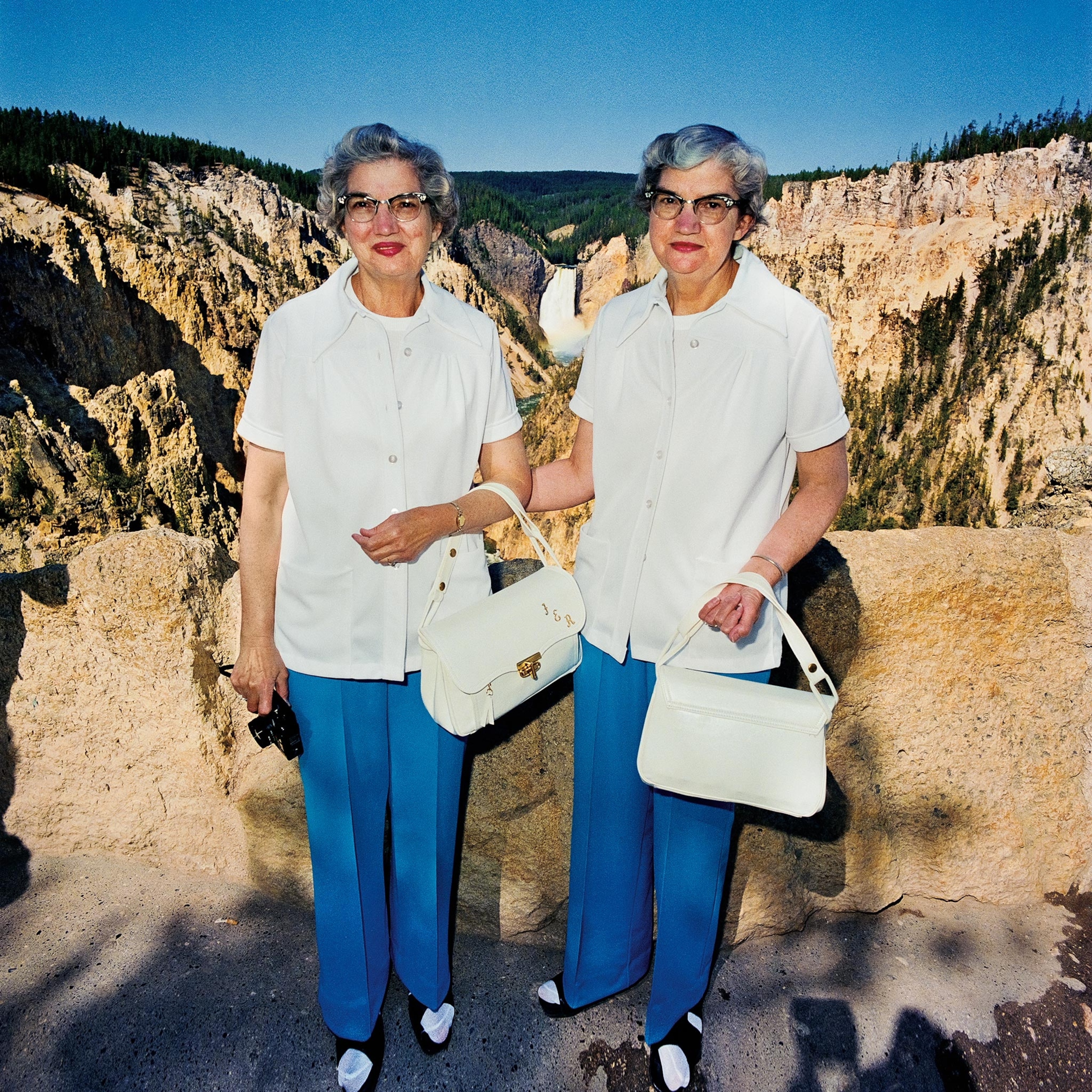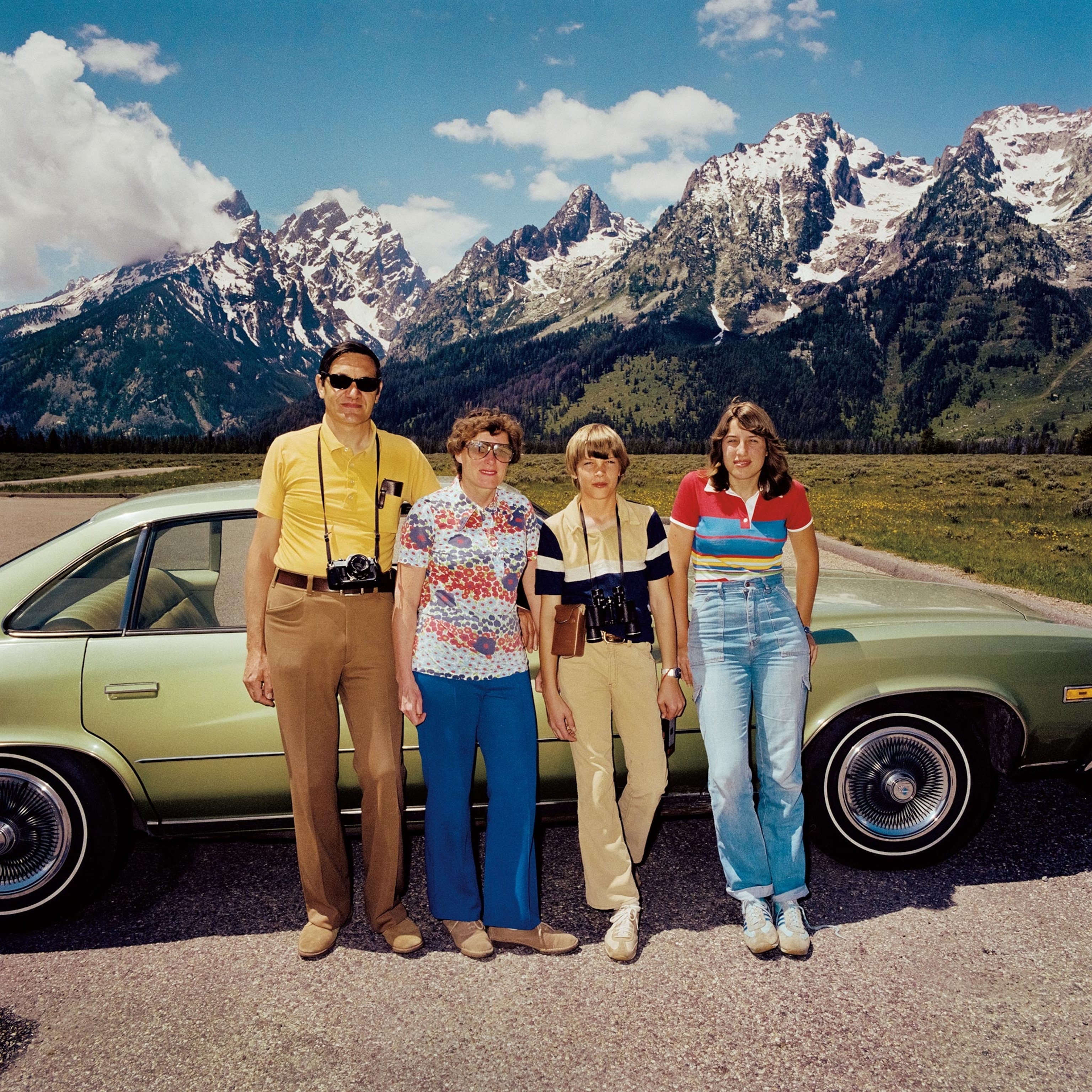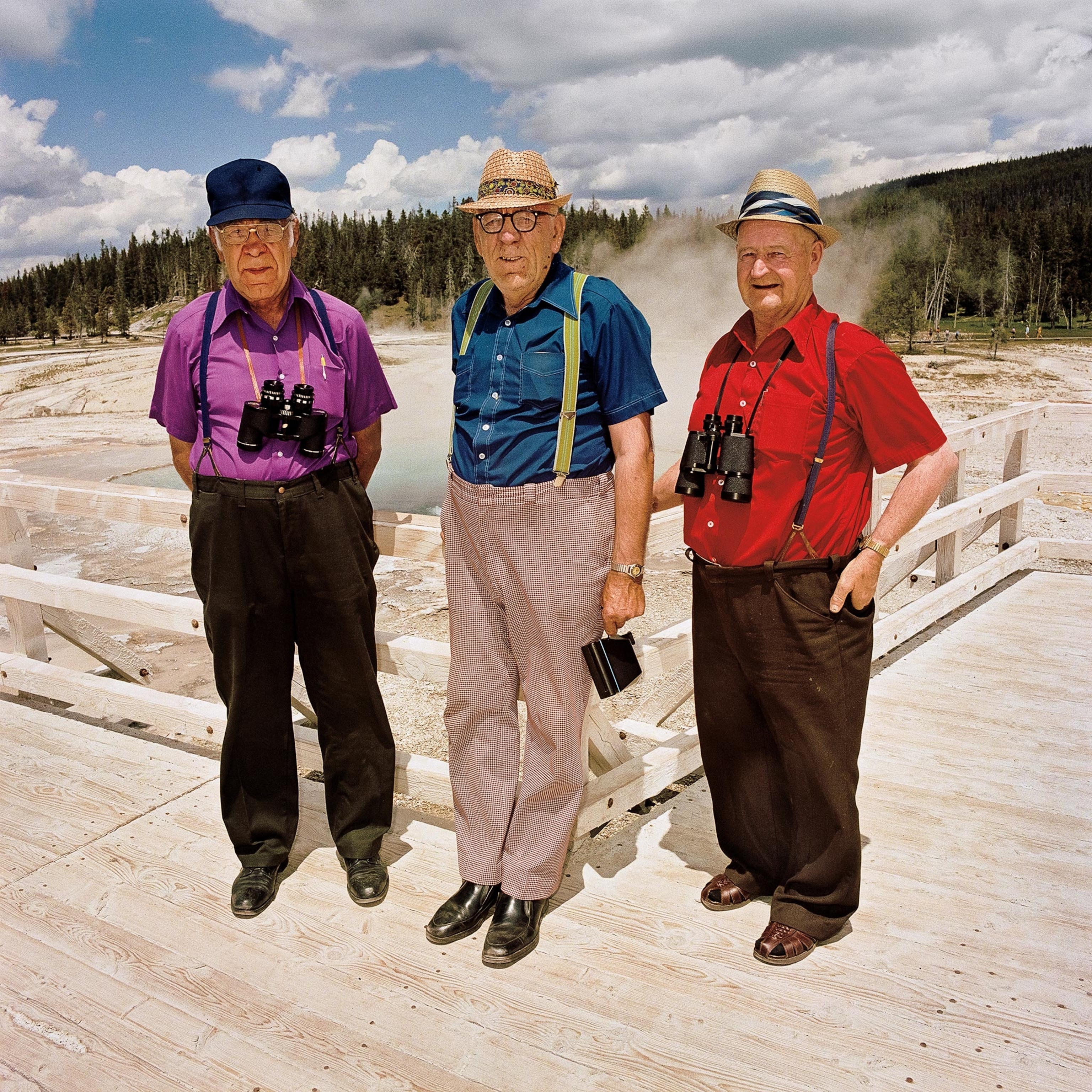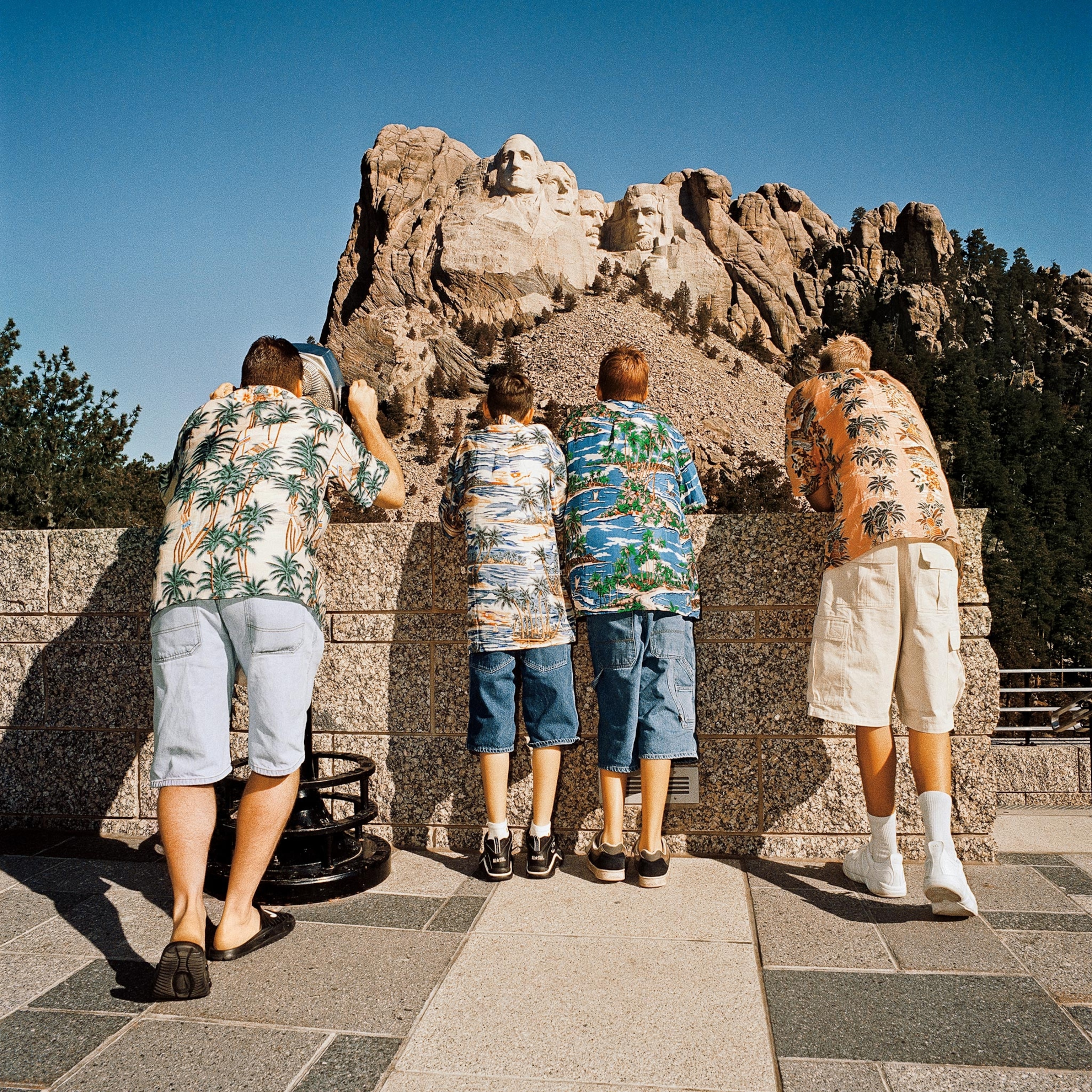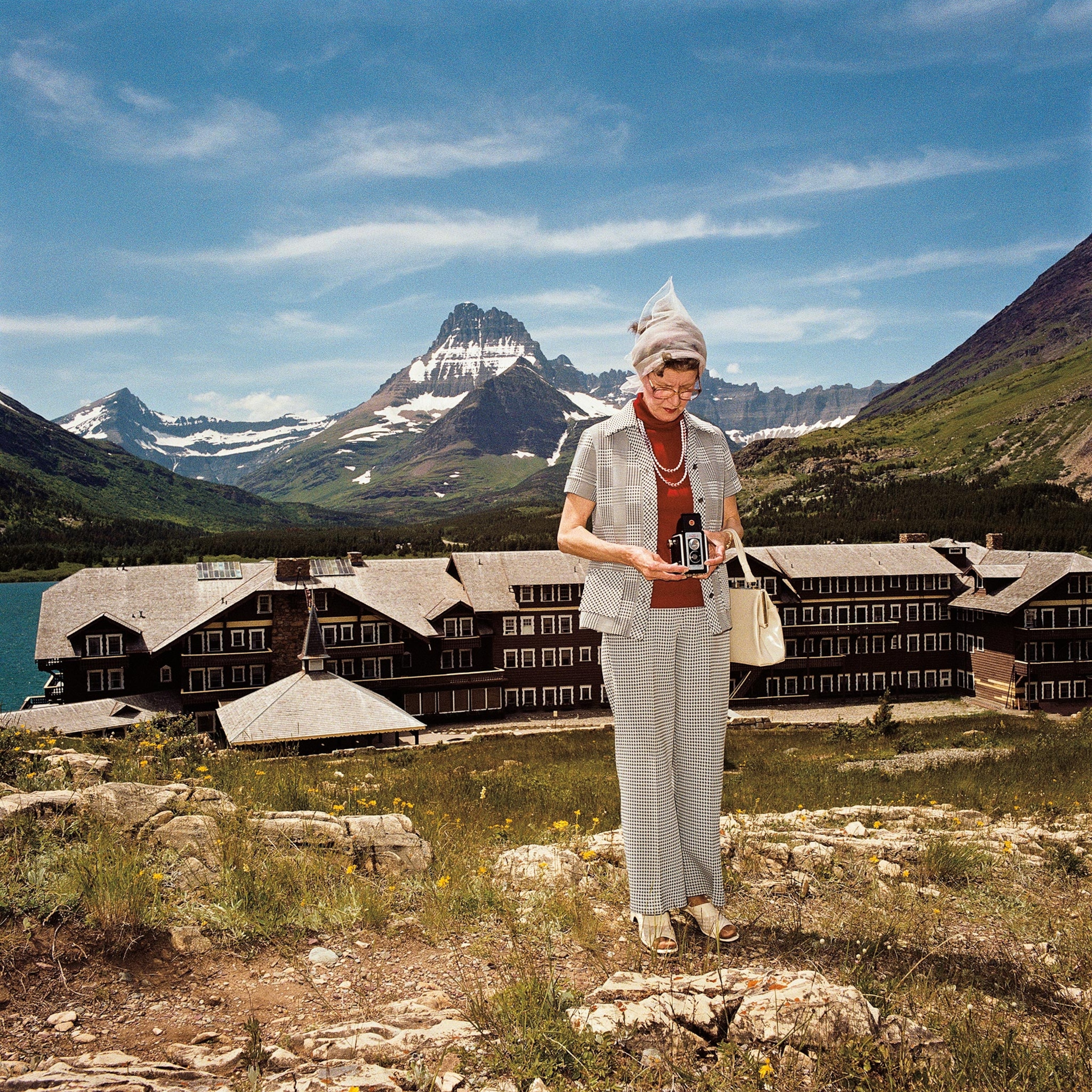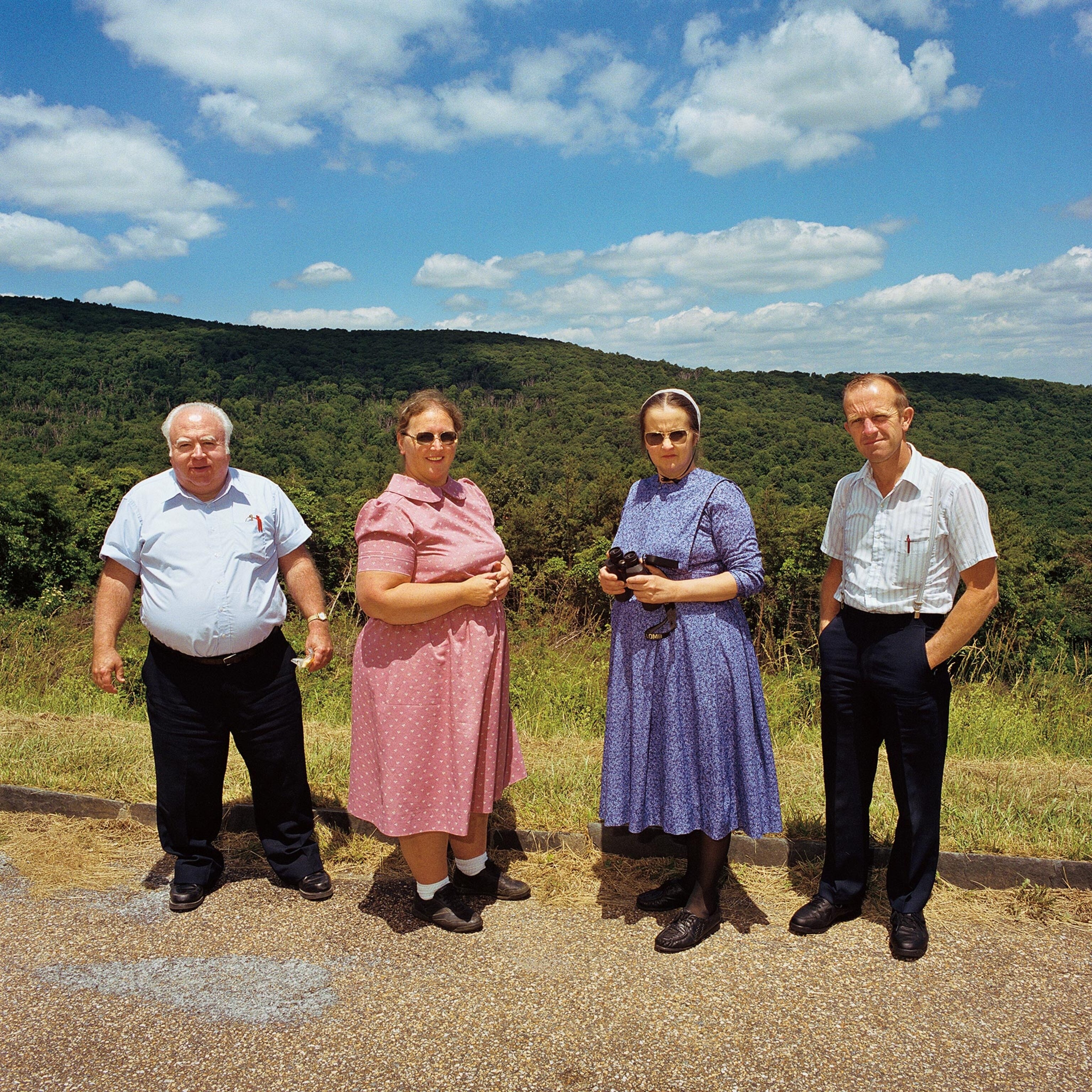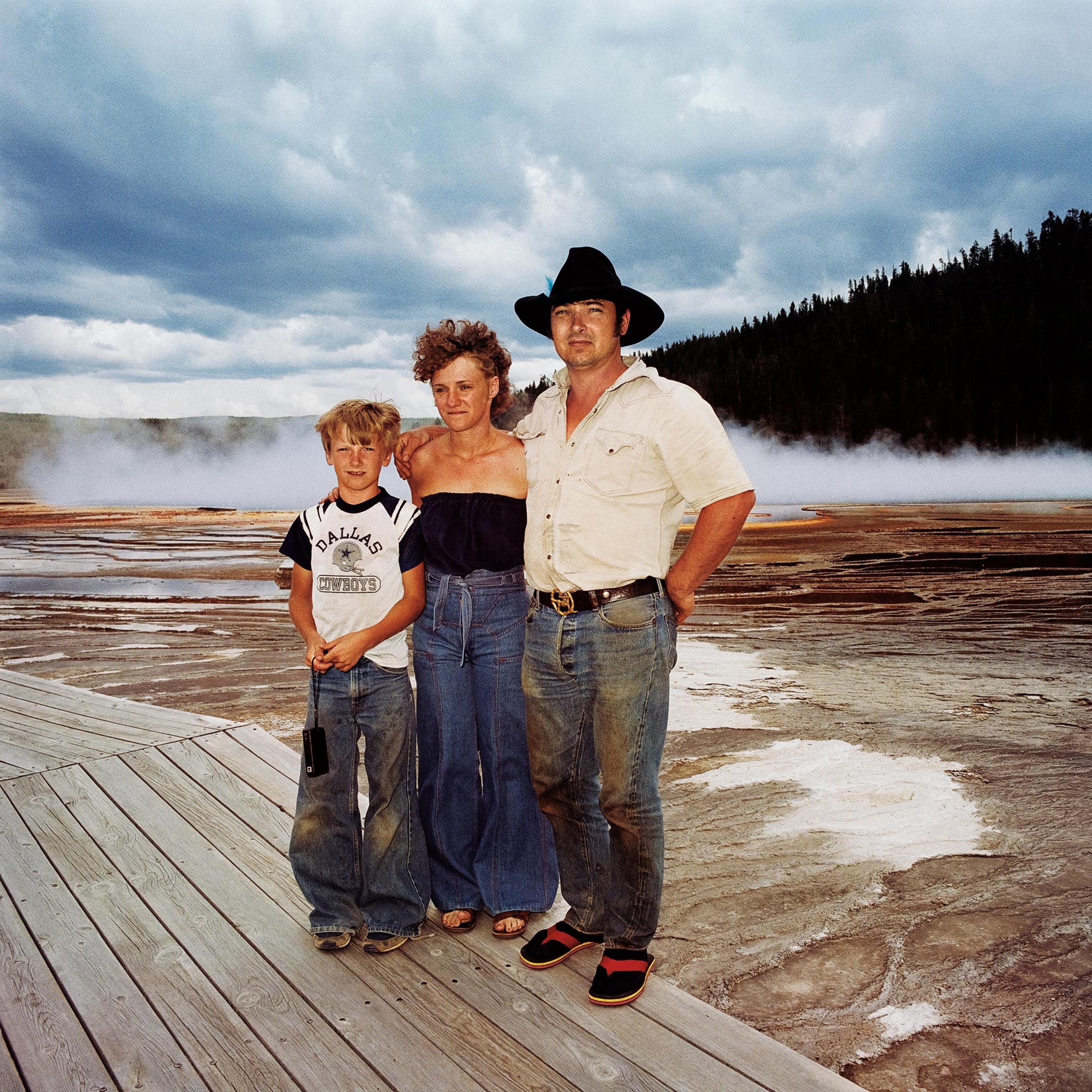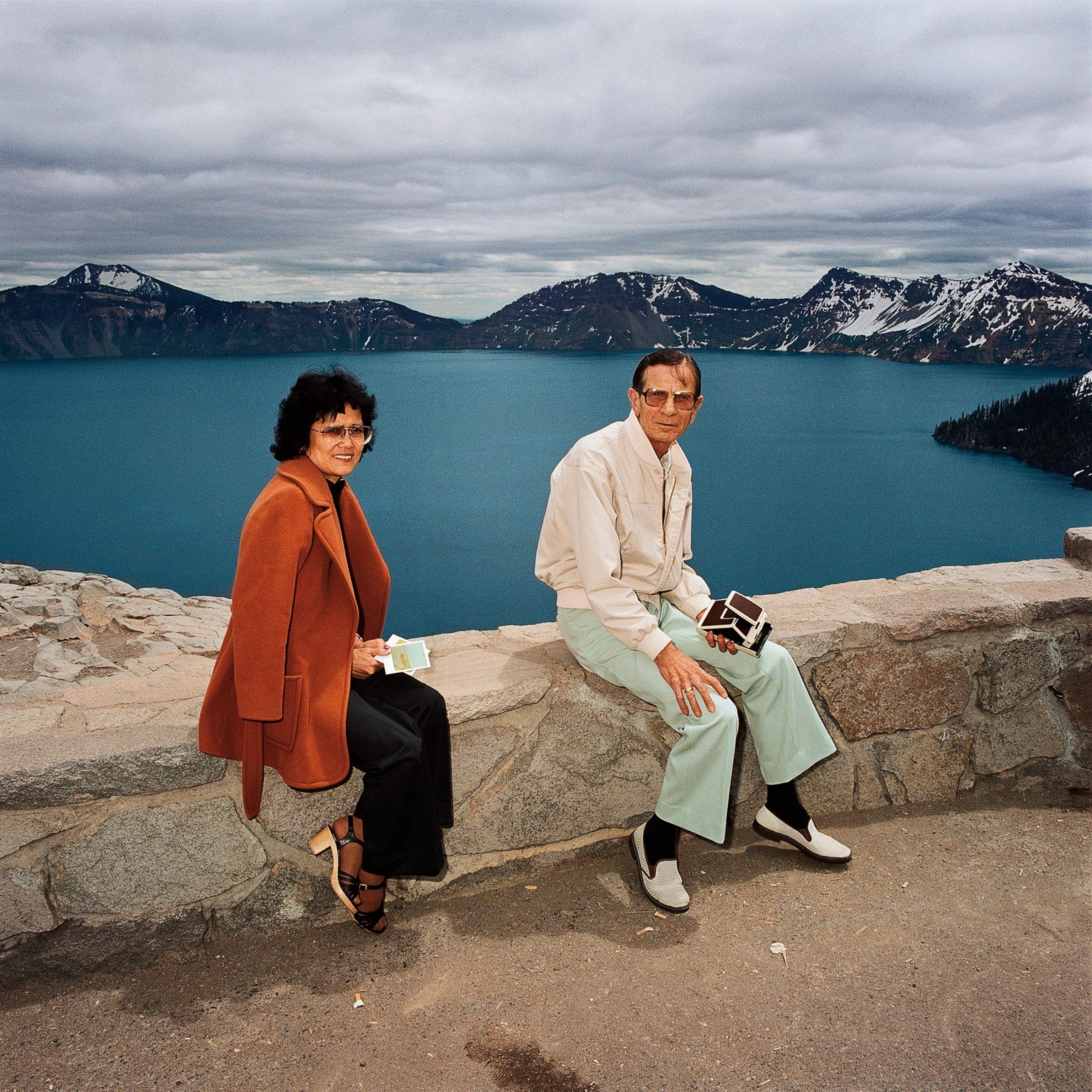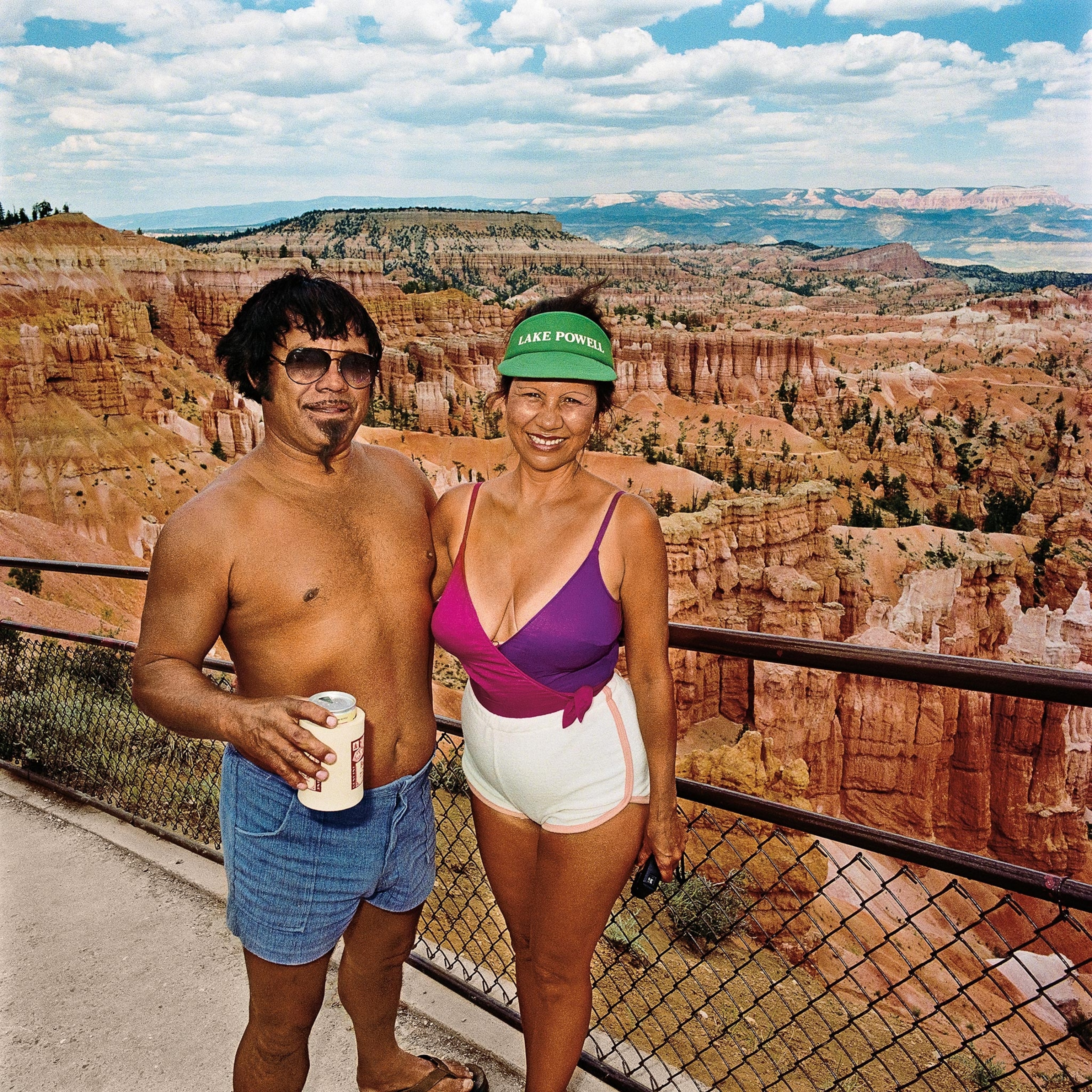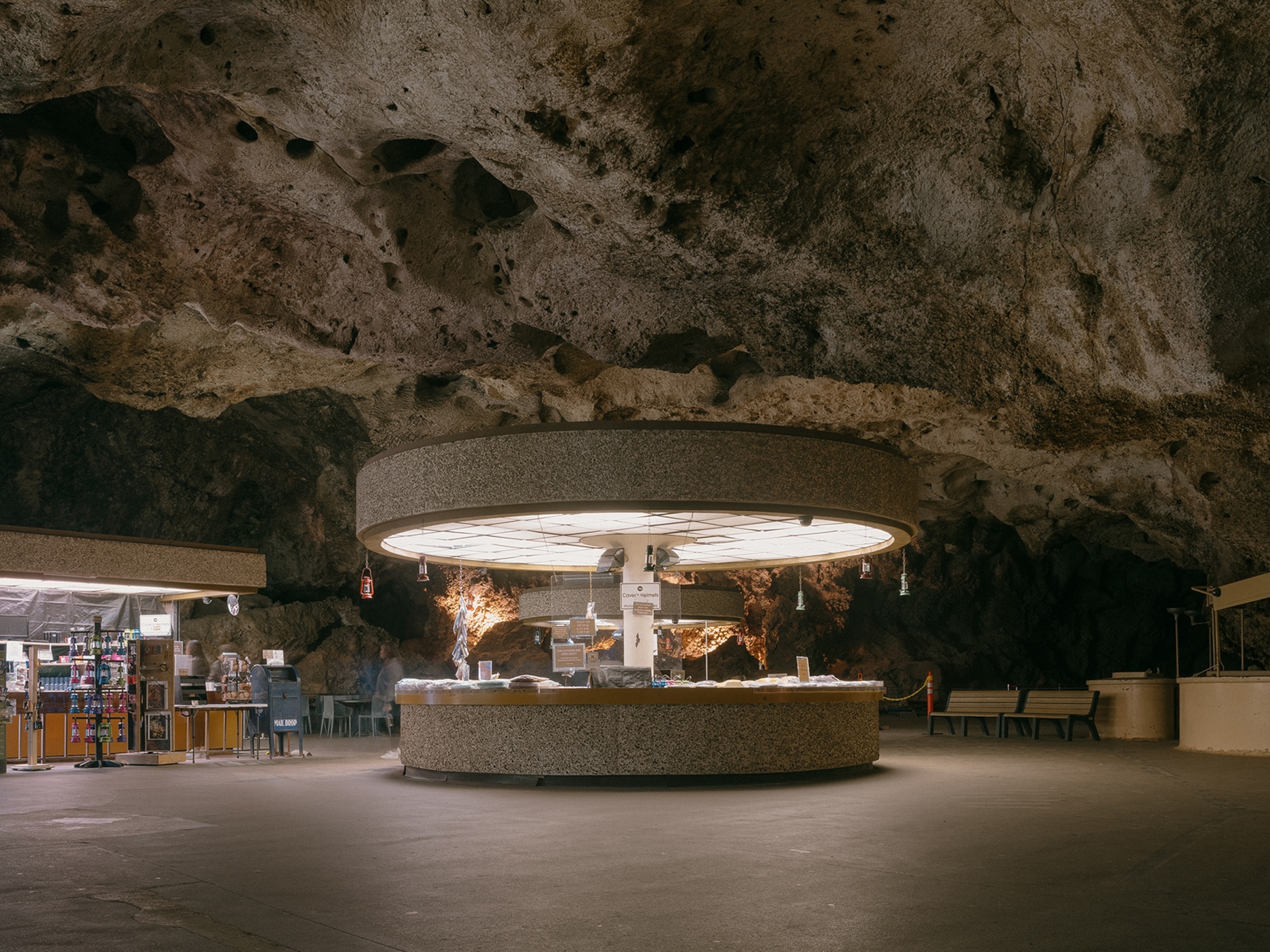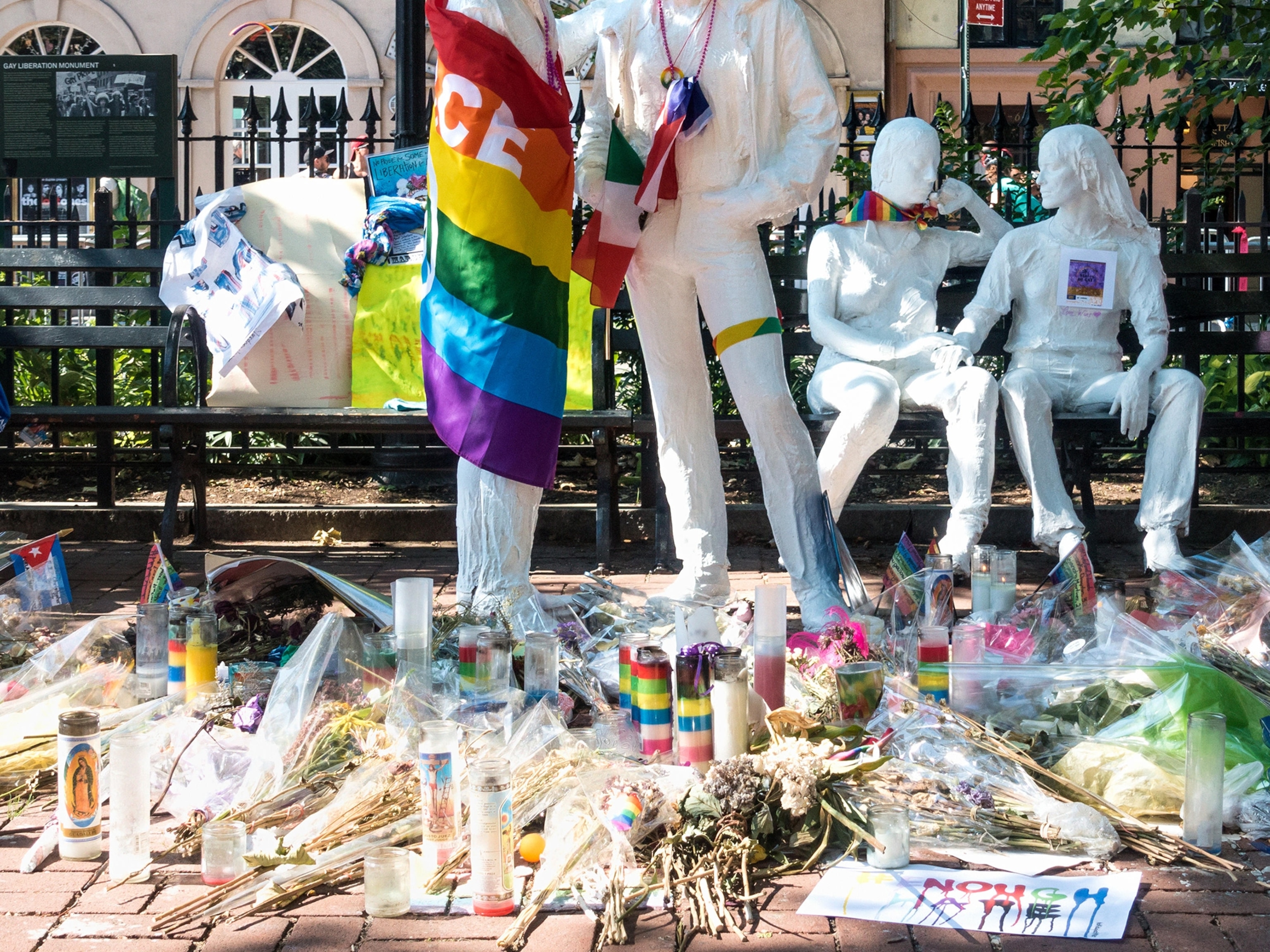Nostalgic Photos of Tourists in U.S. National Parks
Captivated by hordes of visitors, camera-toting families, and packed motor coaches, this photographer embarked on a road trip to capture them.
In 1976, photographer Roger Minick was teaching a workshop in Yosemite National Park when he became fascinated with an unexpected subject: the American tourist.
“I began to see the visitors as having a specific humanity, their own classification, a genus—Sightseer americanus, if you will,” Minick writes.
Captivated by hordes of visitors, camera-toting families, and packed motor coaches, Minick embarked on two road trips around the western United States in 1980 and 1981—a multiyear project that he would eventually revisit in the late 1990s, and culminated into the Sightseer Series.
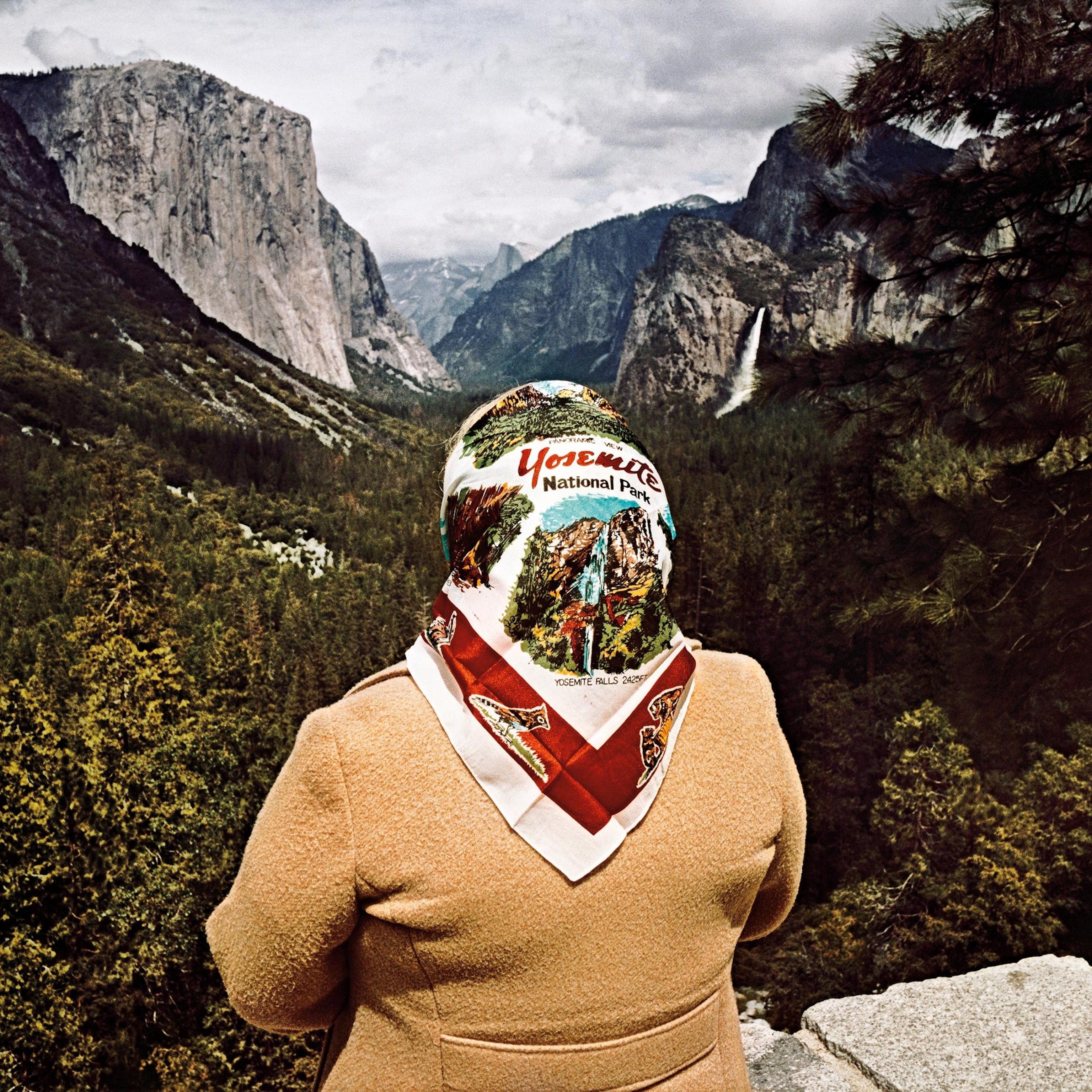


“Previously in my photographic career, when my projects took me into the landscape, I had tended to look on sightseers with disdain, and certainly had never considered them a subject,” Minick says. “Yet over the course of those days I began to feel I was witnessing something uniquely American, something that I suddenly very much wanted to photograph.”
Minick spent hours perched on overlooks with a flash-mounted medium-format camera around his neck, and waited for the perfect moment. Some portraits were planned, others were serendipitous.
“Sometimes it was simply the style of clothing or the colors people chose to wear that caught my attention,” Minick says. “Sometimes it was their mode of travel or the things they brought with them—their cameras, cell phones, radios, binoculars, strollers, pets—that attracted me.”
Birth of the American Tourism Industry
Congress established the first national park in 1872—a “pleasuring-ground for the benefit and enjoyment of the people”—which eventually launched a worldwide movement to protect wild spaces.
“I watched first-timers arrive at a particularly spectacular overlook and [saw] their expressions become instantly awestruck at this, their first sighting of some iconic beauty or curiosity or wonder,” Minick remembers.
Historians have proposed this quality of wonder has defined the American tourism industry since its beginnings in the late 19th and early 20th centuries, when travel flourished in tandem with the growth of a prosperous middle class, the democratization of travel, and production of mass media.
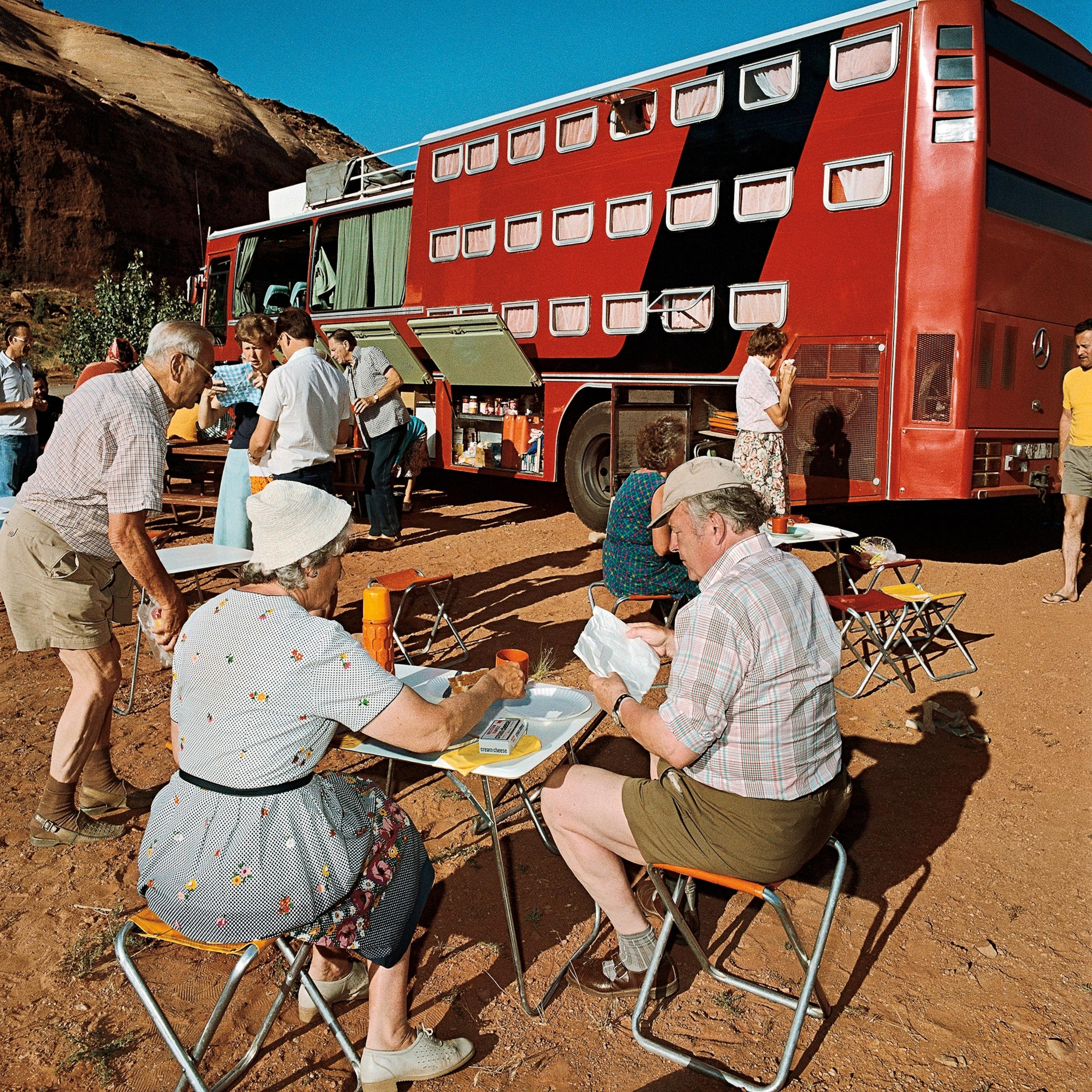
- National Geographic Expeditions
In his book Sacred Places, historian John Sears argues that the earliest American tourist attractions assumed the functions of sacred places in traditional societies by providing opportunities for pilgrimage, contemplation, and contact with the sublime.
“Both tourism and the pilgrimage provide escape from the anxieties (and comforts) of everyday life; freedom from ordinary social relationships, hierarchies, and restraints; and hence evoke playfulness and a feeling of liberation,” Sears wrote.
Minick himself vacillated between how he conceptualized the subjects of his photographs.
“There were times in my travels, squeezed elbow-to-elbow with my fellow travelers, that I viewed their presence at the overlooks as nothing more than another example of mindless, boorish behavior,” Minick says. “But in the end I came to believe that there was something more meaningful going on—something stronger and more compelling, something that seemed almost woven into the fabric of the American psyche.”

